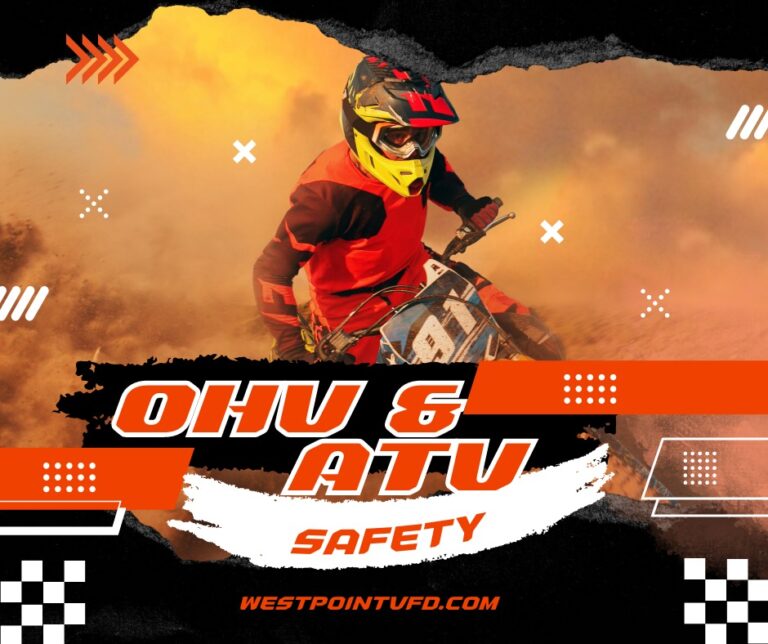The dangers of riding off-road vehicles (OHVs) are real and include overturning, collisions and occupant ejection. CPSC’s latest data show an annual average of more than 700 deaths and an estimated 100,000 emergency department-treated injuries involving OHVs.
From 2016 through 2018, there were 2,211 deaths in the United States associated with OHVs, which includes all-terrain vehicles, recreational off-highway vehicles and utility-terrain vehicles. ATVs accounted for nearly three-quarters of the deaths. Nearly 300 deaths were among children under the age of 16.
CPSC estimates that 112,300 injuries, associated with OHVs, were treated in U.S. hospital emergency departments in 2020. Over five years, ATVs were the vehicle involved in 96 percent of the OHV injuries.
Get hands on training from a qualified instructor, e.g., in an ATV Safety Institute (ASI) course.
Tips for preventing accidents and collisions.
- Never ride with more passengers than there are seats.
- Most ATVs are designed for one rider.
- Never ride on public roads, except to cross, where permitted by law.
- Avoid drinking alcohol before or while driving an ATV, because alcohol can impair judgment and response time.
- Stay off paved roads.
- Riders younger than 16 should drive only age-appropriate youth models, and never adult models.
- Always wear a helmet and other protective gear, such as eye protection, boots, gloves, long pants and a long-sleeved shirt.
To find a safety course near you, head to atvsafety.org.




